9+ Advertising Catalog Examples to Download
Advertising catalogs have been around long enough for our grandparents (or perhaps even our great-grandparents) to recognize. But with the advent of technology and various forms of electronic and internet marketing, can this old-school communication vehicle still live up to its expectations?
In this article, we discuss how advertising has changed the corporate industry and why advertising catalogs still play a key role in product and service marketing to this day. You may also see sales catalog examples.
Advertising Catalog Template
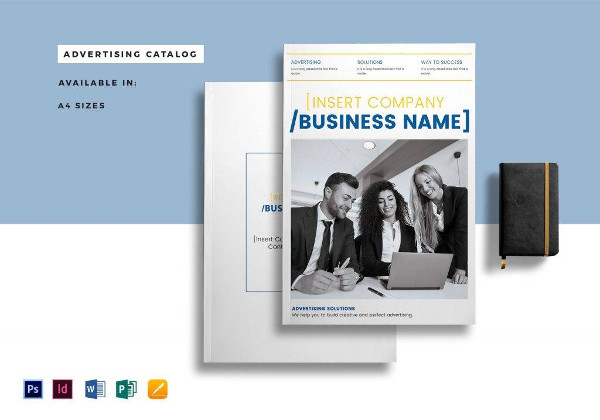
Advertising Catalog Template
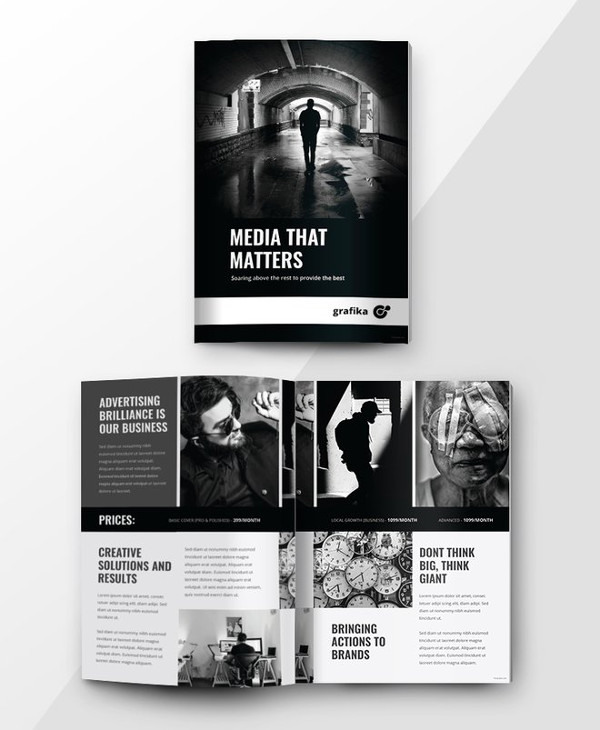
Advertising Booklet Catalog Example

Advertising Brochure Catalog Example

The Three Objectives of Advertising
Advertising involves the delivery of a promotional message through a mass medium in order to persuade a targeted group of consumers. The message could contain multiple points that will help a company sell a product or service, keep an audience informed in regards to a particular subject, and/or remind them of certain issues that the company hopes to resolve.You may also see realestate catalog examples.
Though companies are encouraged to have their own set of SMART goals, the three general objectives of an ad is to inform, persuade, and remind its recipients of a specific matter.
1. Inform
An informative ad can carry a vast variety of information about a certain for-profit or nonprofit organization. It is typically created to introduce a new company to the general public to help widen its reach and build brand awareness. But before you can convince customers to choose your product and services over market competitors, you need to give them a good reason to do so. Most informative ads are made to educate people about what a product or service can do on a basic level. Companies with complex solutions may find this approach extremely important, especially when establishing a good level of understanding with its intended customers. You may also see multipurpose catalog examples.
However, it’s also important to keep these ads as simple as possible, as you wouldn’t want to bore out viewers with a 30-second TV commercial.
2. Persuade
Companies that thrive in competitive markets consider persuading customers as a prominent advertising objective. Once your customers have developed a basic level of understanding about what your product or service offer does, you need to show them why your brand is elite. Companies often use a variety of approaches to prove their credibility as a service provider, specifically emphasizing on different factors including product quality, service, uniqueness, environmental friendliness, cutting-edge technology, and low costs. You may also see product catalog examples.
Emotional appeals are a common tactic as well. Tugging at the heartstrings of viewers or readers creates a sincerer connection between you and your customers by building an experience that they’ll surely remember.
3. Remind
Along the way, your brand is bound to fall behind the shadows of leading competitors and emerging businesses in the marketplace. When this happens, creating reminder ads to reinforce your brand message to consumers may be necessary. You need to remind shoppers who have fallen to the hands of competitors why your products and services are still an ideal choice. This can also help retain recurring customers and protect them against competitors who try to steal them away from you. You may also see toy catalog examples.
Some advertisers even go as far as designing nostalgic ads that remind them of how great a company’s products and services actually are.
Business Advertising Catalog Example
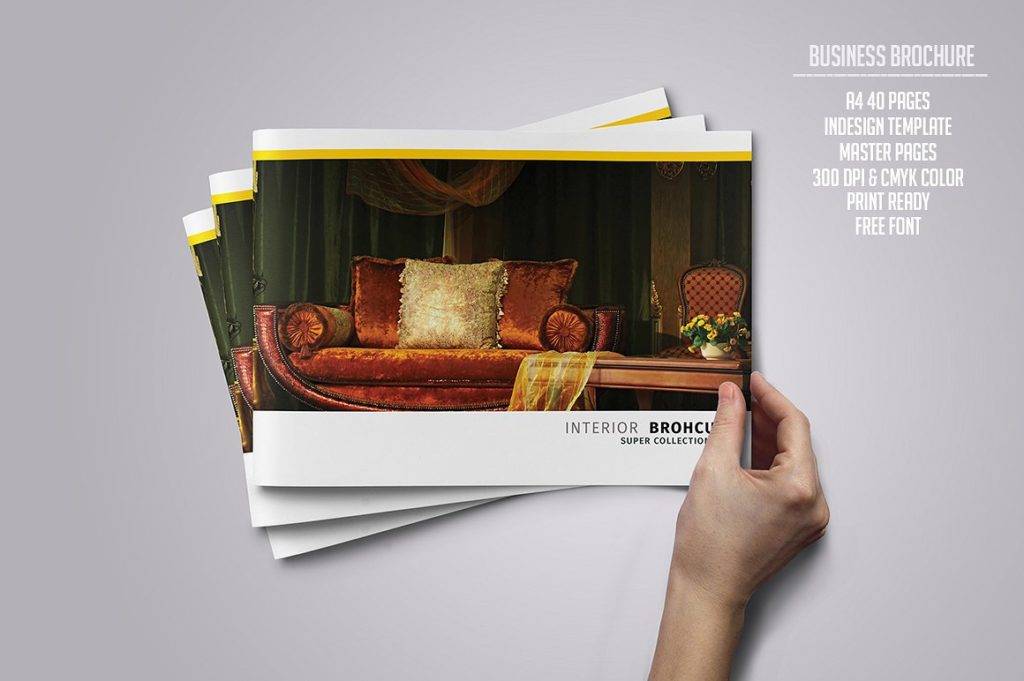
Traditional vs. Digital Advertising
Many advertisers struggle with deciding which marketing channels to choose from, often because their budget could only cover one or the other, and not both. Sometimes, it’s hard to arrive at a decision that you would feel completely confident about, especially without proper consideration. You may also see travel catalog examples.
With advertising, you’re only left with two options: traditional advertising and digital advertising. Each option has its own share of pros and cons that should be weighed down carefully before a decision can be made.
Print ads on newspapers and other periodicals are an example of conventional advertising, so are marketing brochures, advertising flyers, company magazines, product catalogs, and other tangible marketing mediums. Promotional messages are often delivered to consumers through mailboxes, radio or TV commercials, and billboard ads as well. The great thing about traditional advertising is that it can help a business reach its local audience with ease. This allows you to be specific with your message for a more targeted approach.
People tend to appreciate tangible marketing materials as well. This makes it easier for customers to keep a hard copy of the ad for them to read and browse through later on. Consumers who aren’t as tech-savvy as most might even prefer these physical forms of advertising a lot more, especially when they’re more accustomed to this kind of strategy compared to the contemporary methods of marketing. You may also see fashion catalog examples.
However, the major downside to traditional marketing is the lack of interactive activity between the medium used and the customer. The results to this strategy might be a bit more difficult to measure as well. And although being able to touch the actual material can leave an impact with customers, you can’t deny how costly the production and distribution of these materials can be. You may also see restaurant catalog examples.
Digital marketing, on the other hand, involves the use of various electronic- or internet-based materials such as websites and social media networks. Living in the most technologically advanced era of our world so far, it’s easy to see why many businesses prefer digital advertising as opposed to the traditional form of marketing. This allows you to target not only a local audience but an international one as well.You may also see minimal brochures.
Interaction is also made easy thanks to the instant communication features available in various online platforms. But then again, one wrong move with your digital ad could cause a firestorm of criticism that could potentially hurt your brand’s reputation. Shares and likes can be both a blessing and a curse, especially when making a good (or bad) digital ad go viral.
Keep in that your means of advertising must depend on how much your marketing budget is and who your target consumers are. It’s a good idea to study competitors and research on latest trends to see which method would best suit your purpose.You may also see construction company catalog examples.
Jewelry Advertising Catalog Example
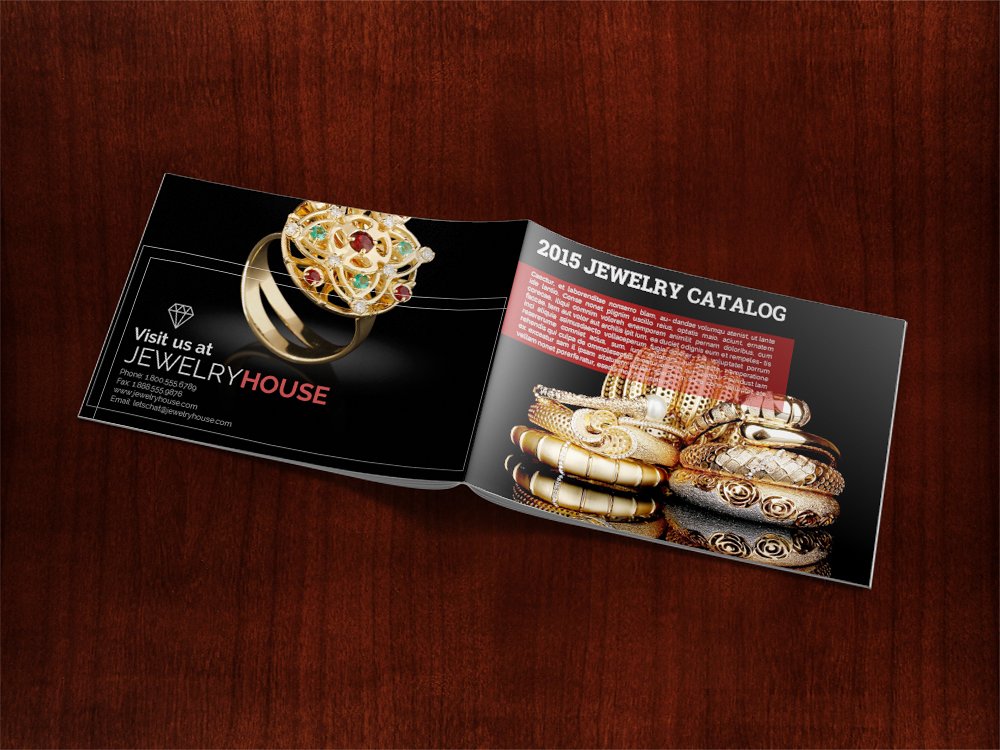
Multipurpose Advertising Catalog Example

Why Choose Catalog Advertising?
In spite of the increase of digital advertising, catalogs continue to deliver impressive results for businesses that employ them. Besides being effective and reliable, it also provides a consistent return on investment for companies to benefit from. Catalogs serve as one of the best communication mediums to drive sales by informing customers of the latest offerings and upcoming deals, and persuading them to purchase certain products or services right then and there. You may also see service brochure examples.
1. It’s popular.
Have you ever checked a website and noticed how certain products seemed to differ from their actual store price? It’s possible that the company’s website is outdated, or the mistake was overlooked by their online sales team. When this happens, it’s best to go to the store or check your mail for any business catalogs they have sent. That’s because well-branded catalogs are a more trusted source of information for prospects to refer to. You’re likely to generate more conversions among buyers by using catalogs to attract them.You may also see t shirt catalog examples.
2. It allows you to market offline.
Although we can easily acquire internet connection with our mobile devices just about anywhere we go, you can’t expect customers to see the ads on your website or social media pages if your brand isn’t under a person’s radar. The internet is a vast space that not everyone is interested to explore.You may also see realestate agency brochures.
But with a print catalog, you could reach out to prospects without having to worry about data mining, internet connection, or wasting time on troll accounts. This is also a great way to divert a person’s attention away from computers and tablets. Companies like Amazon and Zappos even invest on print catalog campaigns for effective advertising. You may also see interior design catalog examples.
3. It boosts sales.
Many businesses, especially those in the retail industry, use print advertising in the form of physical catalogs to lure in customers to their outlets. Some buyers enjoy browsing these catalogs to find items that they may need to pick up during their next shopping trip. By showcasing a series of new and old product lines, customers are made aware of items they never knew were available in the first place. You may also see receipe cookbook catalog examples.
If anything, new media can’t replace traditional marketing any time soon, as print marketing continues to provide a genuine point of contact between businesses and their intended consumers. It allows you to speak directly to your target audience by relaying key information about your offered products and services, including their respective retail price, sizes, color variety, and possible dimensions for a more accurate delivery. You may also see wholesale catalog examples.
Product Advertising Catalog Example
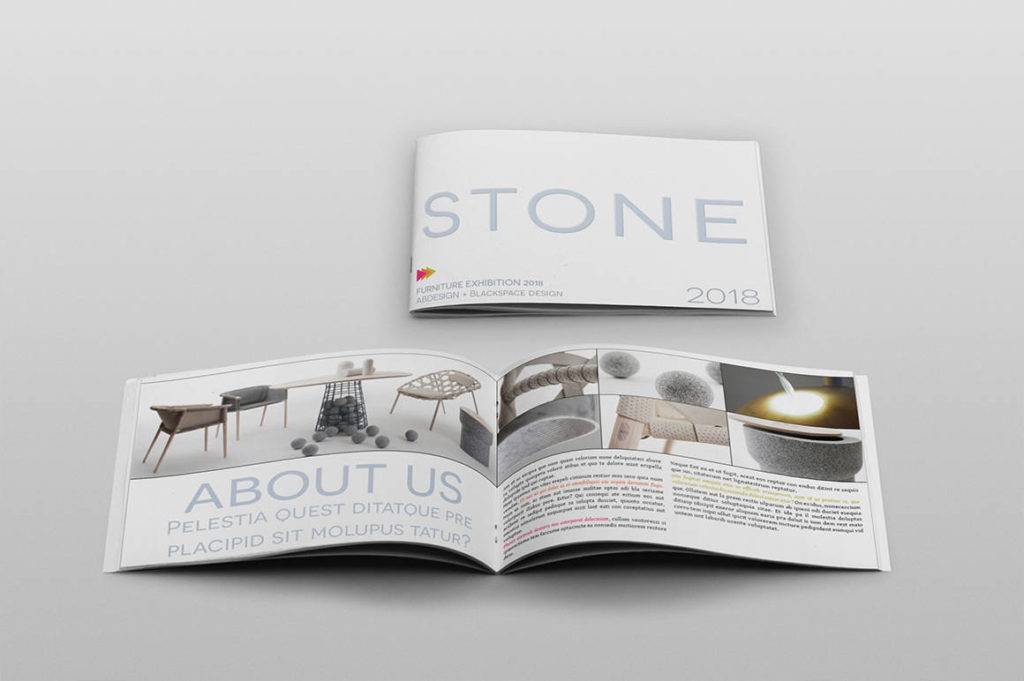
Square Advertising Catalog Example

Tips to Achieve a Successful Catalog Campaign
Now that we’ve established the significance of sales catalogs in the world of advertising, it’s time that we look into how these marketing mediums are made.
Here are our top five tips for developing a successful catalog campaign:
1. Design for your target consumers.
Always consider the receiving end of your catalog. What do your customers want to see? What message do you wish to deliver? You must create a catalog that customers will find informative and enjoyable. One way to grab a person’s attention is through a well-branded graphic design. This includes the cover design of your catalog, along with the layout that fills each page. You should also be able to showcase your product or service items as useful, valuable, and popular to entice an audience. You may also see landscape brochure examples.
It wouldn’t hurt to add survey or feedback forms in your catalog to gain additional insights on consumer preferences as well. This enables you to understand your audience even further regarding who they are and what they buy.
2. Highlight your most popular items.
Since some companies carry a long list of products that may not fit into one catalog, you might as well be strategic in selecting the right items to promote. It’s best to feature products that customers are most likely to buy by making your most popular sellers highly visible on the front cover, first page, and back cover in particular. Making every post seem like a winner is sure to increase one’s desire to purchase it without second thoughts.You may also see interior design magazine examples.
You can do this by considering the layout, image size, feature list, and pricing from a buyer’s perspective.
3. Make a section for special interests.
There might be a much-awaited collection of items that customers are hoping to get. This usually happens during a certain holiday, or when a new film has just been released. To ensure that these items are able to generate the number of sales the company is expecting it to, you can emphasize these specials with additional graphic and layout elements to attract the eyes. Some advertisers even include unique product descriptions to engage prospects.You may also see travel agency brochures.
By letting a customer learn about a special offer, you’re also motivating them to close a deal.
4. Market your catalog.
Ironically, advertising catalogs also need to be marketed for them to be acknowledged. You need to ensure that customers and prospects get a copy of the catalog upon its release. There are several ways to distribute these catalogs, such as displaying them in-store, mailing them out to subscribers, including a catalog for each sale, or even handing them out in public locations for random prospects to receive. You may also see furniture brochures designs.
5. Measure performance.
Unfortunately, measuring the success of your advertising catalogs won’t be easy. The best you could do is to use the feedback generated from customer responses. You can use this information to apply the necessary adjustments to your next catalog and refine it for better results.
Rather than taking the risk with an all-or-nothing approach, it’s best to invest on a multi-channel marketing method, with advertising catalogs being one of them. Print catalogs are an affordable, branded, and popular marketing medium with a high ROI. So if you ever find yourself in need to boost sales and build brand awareness, be sure to consider advertising catalogs for your next campaign. You may also see photography portfolio catalog designs


